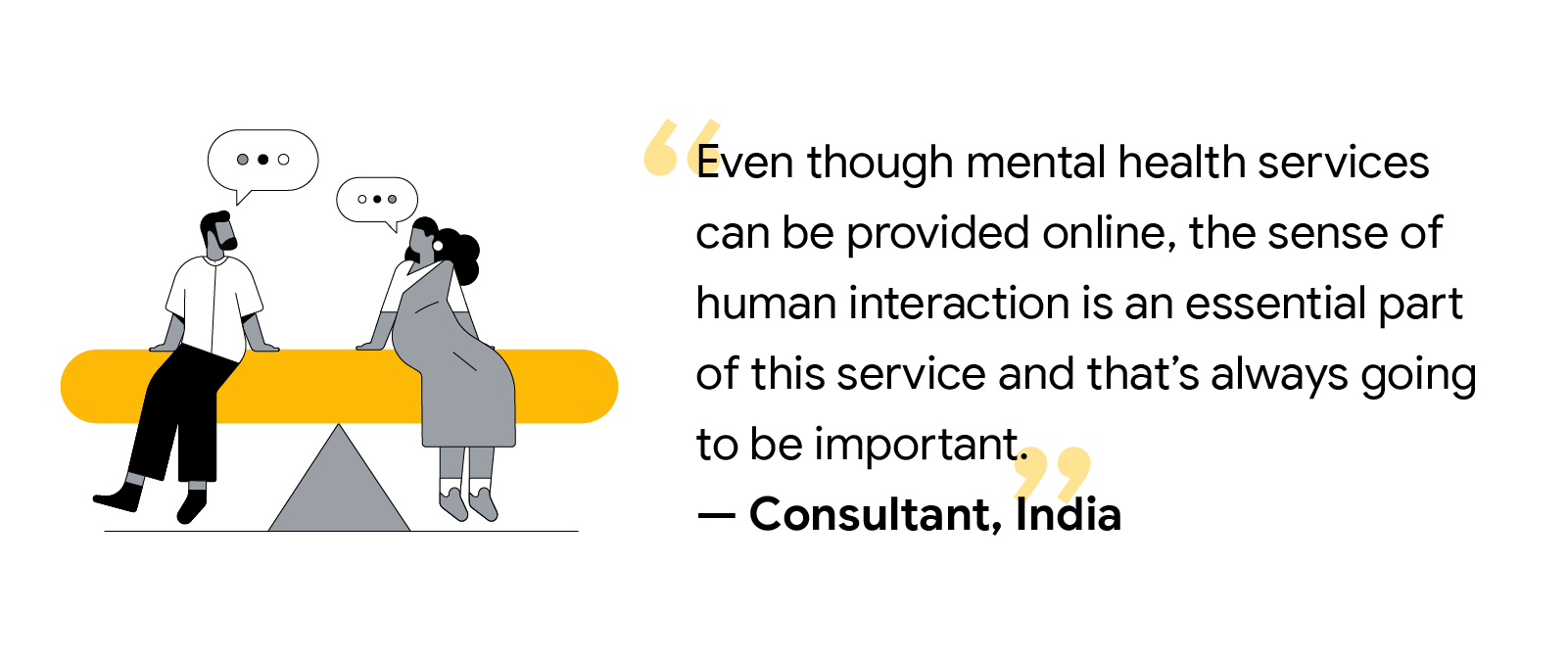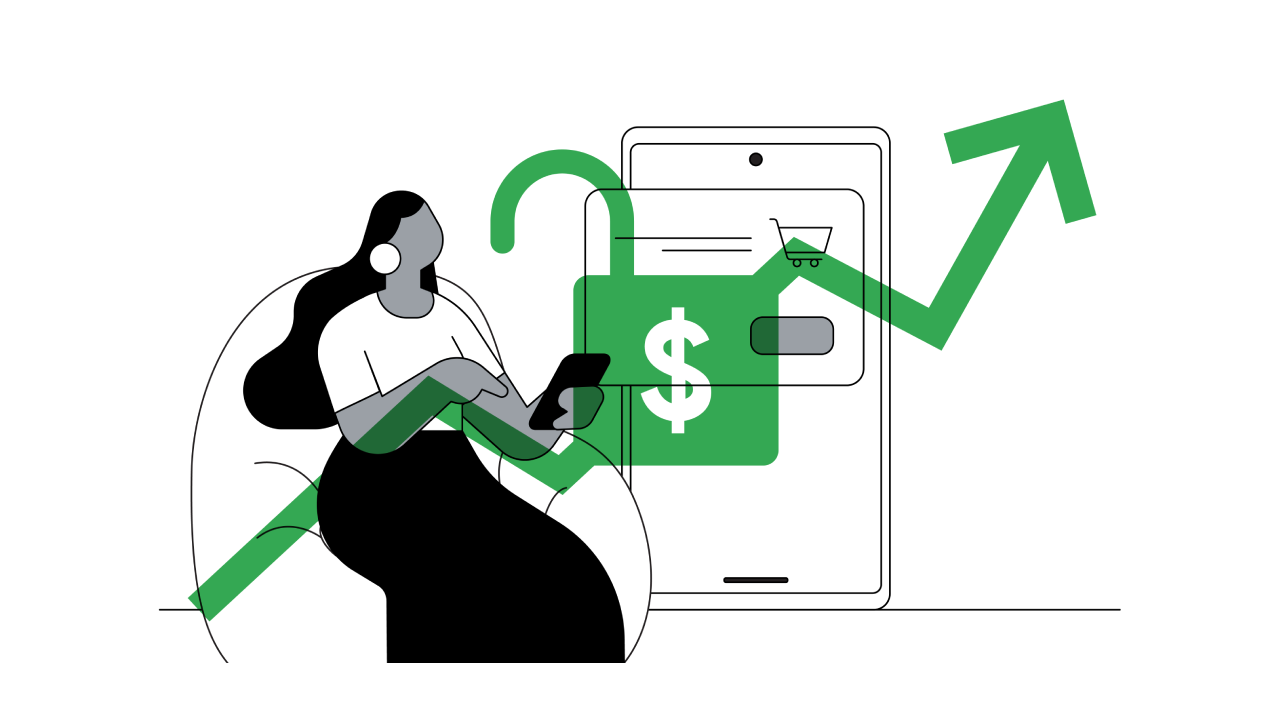If there’s one thing we can be certain about in these times, it’s that our behaviors have changed significantly because of COVID-19. The pandemic created an inflection point that led people to reassess their priorities and needs, and buy goods and consume information and entertainment in new ways.
Pivoting without due consideration, however, carries a risk that’s substantial for businesses. And it can be difficult for marketers to determine which of these new consumer behaviors will stick for the long term, or even as things become less uncertain.
Asking people what new habits they’re likely to keep might not lead to accurate answers. Research has shown that there is a gap between our intentions and what we actually do. We’re inept at forecasting our own behaviors, especially in an event as novel as a pandemic.
The good news for marketers is that the psychological factors which underpin long-term behavioral change are predictable, even if the external forces people face can’t be predicted. Understanding why and how people form habits can help us better predict how people may react in, and after, novel situations.
A recent Kadence International survey of 3,400 participants across APAC revealed what mattered most to people when deciding whether to adopt new behaviors. In total, five factors stood out: convenience, time-saving, cost-effectiveness, enjoyment, and personal reward. These factors were used to create a habit-forming index that tracks the importance of an activity to people and how likely they are to continue that activity in the future.
To help brands assess which behaviors they should pay attention to, the matrix marries what people say they are likely to continue doing with a realistic assessment of whether these behaviors will stick.
Here, we look at some key behaviors people have been engaging in since the pandemic and the opportunities for brands to motivate people to turn these behaviors into habits.
Key behaviors that will last beyond the pandemic
Instead of convincing people to form new habits, brands can score quick wins by responding to behaviors that people are already demonstrating, especially behaviors that rate highly on many of the habit-forming attributes because they are sticky:

Shopping online
More people are shopping online than ever before. In Southeast Asia, 34% of users who bought apparel online did so for the first time in 2020, and 94% of new digital service users intend to continue with the service post-pandemic. Survey participants indicated that shopping online is convenient, time-saving, and cost-effective, and they show high intent to continue doing so.
At the same time, 41% of brand website shoppers said brand websites give them an immersive experience, and they are motivated to use sites that are easy to navigate and have clear product specs that also come in the form of photos or videos.
These behavioral intents can pose a challenge to brands without a good online customer experience. Respondents in our recent study on online shopping preferences cited “time-saving” (76%) and “best prices” (65%) as the two biggest advantages of online shopping, and “long delivery times” (55%) and “shipping fees” (57%) as the top two disadvantages.
To enhance the online customer experience, brands should build a closer relationship with their customers. A case in point is Alibaba’s livestream channel, Taobao Live, which gives brick-and-mortar retailers the opportunity to connect directly with customers. It lets consumers shop while watching hosts review and recommend products; the experience mimics the types of social interactions people have in physical malls and stores.
Shoppers want to discover, research, evaluate their options, and make their purchases seamlessly, so it’s important for brands to fully invest in a balanced digital presence that elevates the online experience for shoppers.
Learning new skills online
Over the past two years, there has been a surge in people looking to learn new skills online. After the pandemic started, there was a 10% worldwide rise in searches for “how to” as people turned to Search to find ways to improve their skills while spending more time at home.
Survey participants indicated that online learning is enjoyable and personally rewarding, so they are interested to continue after the pandemic is over. Looking ahead, over 32% of e-learning market growth is set to originate from APAC.
Gen Zers will play a big part in this growth. As digital natives, their perception of education extends beyond the classroom. They’re turning to digestible inspiration from TikTok and Instagram, and getting in-depth tutorials from YouTube videos to help them learn new things, be more resourceful, and make a difference in the world.
So how can brands create a deeper connection with people, increase brand awareness, and reach new markets through education? Airbnb, whose business was significantly affected by COVID-19, offered new online experiences for users such as cooking classes with local chefs, history lessons with tour guides, and drawing lessons with artists.
Cooking at home
Meal planning and learning new skills in the kitchen, like baking bread or preparing viral pasta dishes at home, have been gaining momentum due to the strong social, emotional, and cultural connections people have with food. In addition to being enjoyable and personally rewarding, survey participants also acknowledged it is cost-effective. In 2020, 47% of Southeast Asia purchased groceries online for the first time.
![A packaging designer from Thailand shared, “Since the pandemic, my lifestyle has changed. I go to [the] supermarket every week and start to make dinner and lunch for myself because it’s cheaper.”](https://storage.googleapis.com/twg-content/original_images/The_psychology_behind_behaviors_that_will_stick_post_pandemic-02-02.png)
To keep the cooking trend bubbling, restaurants can find exciting ways to support people’s desire to cook at home. Assemble-at-home meal kits, for example, are a great way for restaurants to stay connected with customers and help scratch their home-cooking itch.
Opportunities for innovation
People are often motivated to continue with new habits, but they can have a hard time adopting them. Sometimes, it’s because the activity is not easy or convenient to do. Other times, it’s not rewarding enough on its own. Brands can help lower these barriers for people in four areas:

Eating healthy food
Although people find it rewarding to cook healthy foods at home, eating healthily can be challenging, time-consuming, and costly when opting for healthier ingredients. Meal kits that take the guesswork out of healthy eating and food portioning and reduce prep time can help strengthen this new habit.
In South Korea, F&B manufacturers have launched businesses in the meal kit delivery space. CJ CheilJedang, which manufactures products ranging from rice to tofu and seafood, launched its Cookit service in 2019. Yakult, best known for its probiotic drinks, has sought to break into the market with its EatsOn brand. As meal kit deliveries grow in popularity, we expect brands in other countries to capitalize on the opportunity and launch direct-to-consumer offerings.
Supporting mental health
Mental health has increasingly become a priority in APAC markets alongside awareness of the sense of languishing and revenge bedtime procrastination. People who are able to support those with mental health issues find it rewarding, and they are motivated to continue doing so. However, it can be time-consuming and not always cost-effective or convenient. The opportunity for brands here is to create easy ways for people to support mental wellness.

Singapore-based fragrance house Scent by Six, for example, recently redefined itself as a mental wellness champion that advocates the use of fragrance to “heal, soothe, and delight.” It has partnered the Singapore Association for Mental Health to raise awareness for the cause and rally like-minded supporters.
Supporting local
Around half of consumers in Singapore say they prefer to patronize local businesses and support their financial recovery from the pandemic. Yet although people want to support local businesses and services, and find it convenient and cost-effective to do so, they don’t necessarily regard it as enjoyable or personally rewarding.
How can businesses help consumers get past these hurdles? By highlighting their sense of community spirit, or providing shopping incentives. In 2020, Shopee ran a successful Shop Malaysia Online campaign that netted RM540 million revenue for 80,000 Malaysian sellers. The campaign returned in 2021 with even more discount vouchers, free shipping, and cashback incentives. In Australia, 48% of consumers said they would like to use local businesses’ loyalty programs, highlighting opportunities for local brands to invest in such initiatives.
Watching and streaming online content
With so many people stuck at home, it’s no wonder they’ve gone online for entertainment. Across APAC, more than 400 million people are using over-the-top (OTT) video streaming services. It’s enjoyable and convenient, so understandably, people are more than ready to continue watching and streaming online content. But it isn’t considered cost-effective, nor is it necessarily time-saving.
To help people continue enjoying online content, brands can try diversifying their content offering or providing exclusive experiences.
When pandemic restrictions prevented live performances, South Korean boy band BTS held an online performance that broke the world record for largest audience for a live-streamed concert. A whopping 756,000 fans from over 100 countries tuned in to watch the show. JD.com, on the other hand, has successfully hosted live-streamed DJ sets featuring drinks promotions throughout their online events. This helped one brand partner increase liquor sales by 70% .
There might be a lot of uncertainty about the future, but psychological patterns of human behavior remain largely consistent. By understanding the fundamental ways in which people behave, brands can lean into this predictability in an unpredictable world and confidently engage people, help them realize their motivations, and in turn pivot businesses in the right direction.






